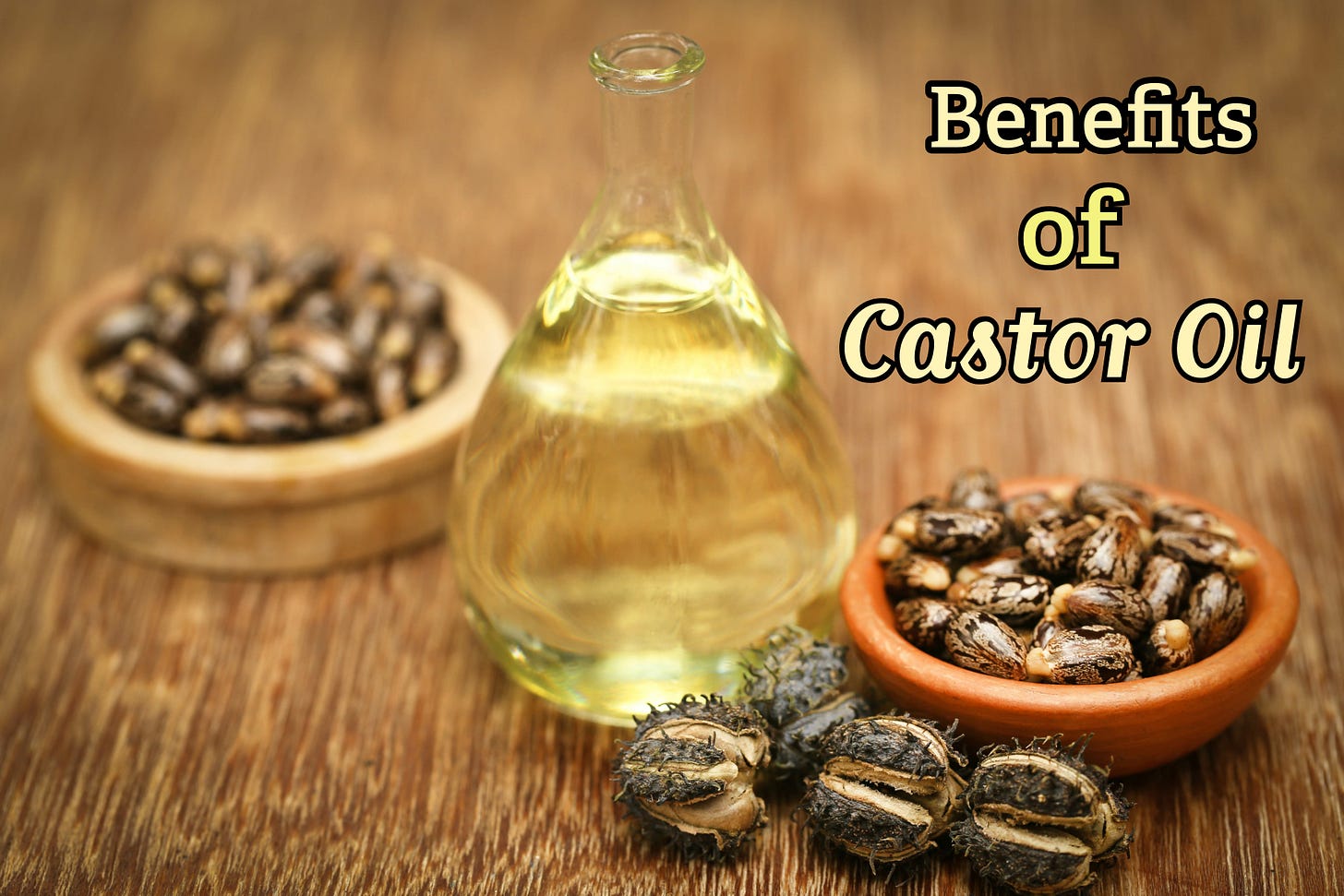Benefits and Uses of Castor Oil
By Dr. C.M. Curtis
04/23/2025
For millennia, castor oil, with all its therapeutic versatility, has served as a cornerstone of natural healing. Today, modern science is uncovering the mechanisms behind its historic applications, particularly for joint pain, inflammation, and detoxification. Here's a deep dive into its rich history, bioactive components, and evidence-based uses.
Historical Roots: A Cross-Cultural Panacea
Castor oil's medicinal use dates back at least 24,000 years, with archaeological evidence of ricinoleic acid traces on ancient tools in South Africa. Its prominence grew in ancient Egypt, where it was used to treat eye irritation, abscesses, and baldness, and even to induce labor. Egyptian medical texts, such as the Ebers Papyrus (circa 1500 BCE), dedicated entire sections to their applications, ranging from laxatives to wound care.
Greco-Roman World: Hippocrates (400 BCE) prescribed it for detoxification, while Dioscorides and Pliny the Elder documented its use for inflammation, burns, and respiratory ailments.
Ayurveda and Traditional Chinese Medicine: In India, it addressed rheumatism, constipation, and skin diseases. Chinese practitioners used it for ulcers, ear infections, and parasitic worms.
The Science Behind Castor Oil
The oil's efficacy is derived from ricinoleic acid, a unique fatty acid that comprises approximately 90% of its composition. Research highlights its:
Anti-inflammatory properties: Inhibits COX-2 enzymes, thereby reducing prostaglandins associated with pain and inflammation.
Antioxidant effects: Neutralizes




